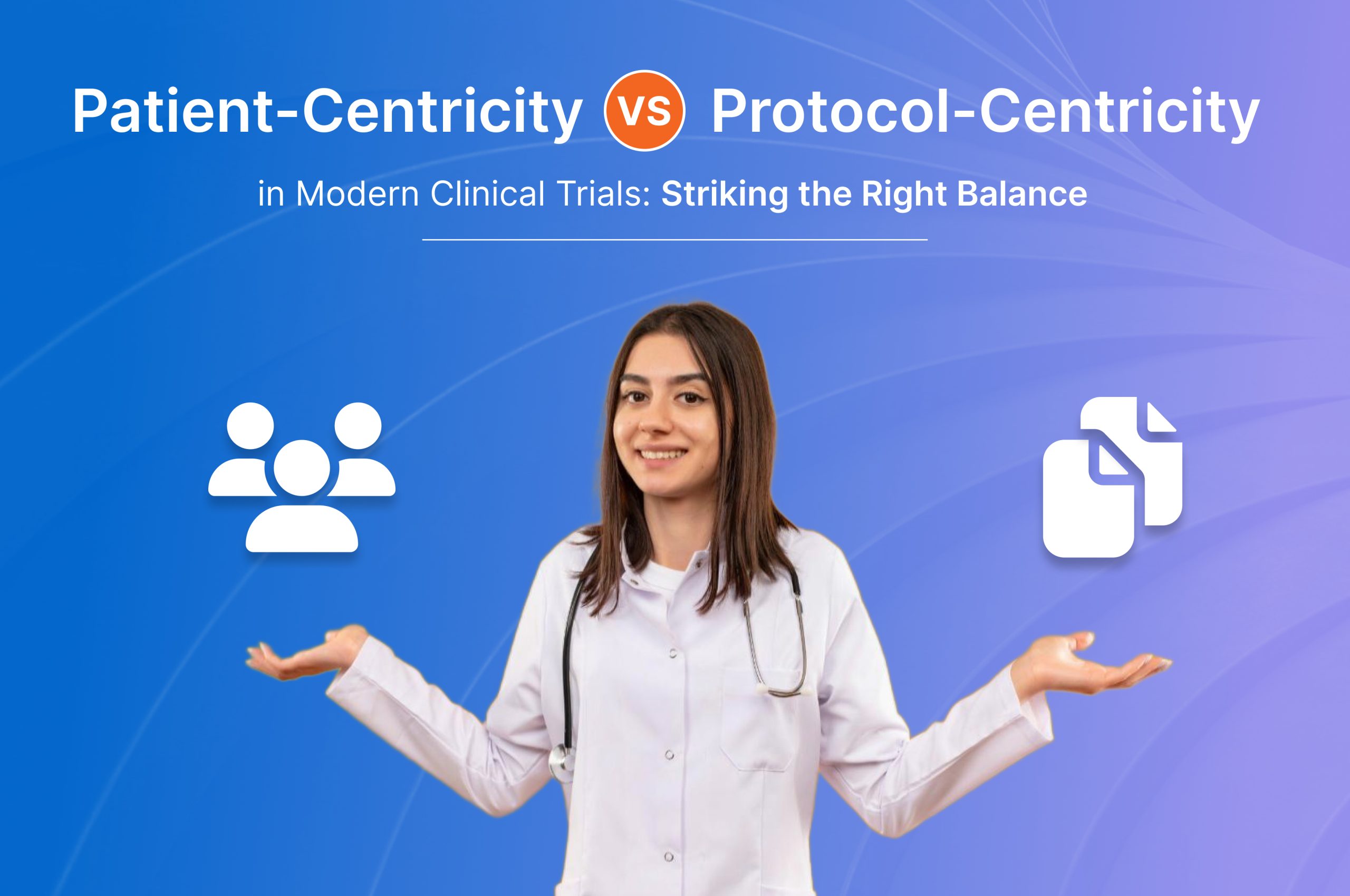Clinical trials are central to discovering and developing new drugs and treatment protocols. These rather meticulously planned and executed studies determine the safety, efficacy, and benefit-risk profile of medical interventions.
They are generally divided into four separate phases, each with different goals, designs, and results. We will be going into depth about these four phases below.
Phase I: Safety and Dosing Objective:
- Goals: Phase I trials have an evaluation of the new drug or treatment's safety as their primary objective. It also works to determine the appropriate range of dosage and the possible appearance of side effects.
- Participants: Generally, these Phase I trial participants are a small group, ranging from 20 to 100, and are either healthy volunteers or people with the disease or condition in question; they are then closely observed under close clinical conditions.
- Methodology: This kind of study usually uses the method of dose escalation, where there is an escalation in the doses of a drug that patients receive. It usually helps the researcher get to the highest dose a participant can take, known as the maximum tolerated dose. The administration route might vary from oral to intravenous.
- Outcomes: Successful completion of Phase I trials is essential to obtain critical data on the pharmacokinetics of the drug and its pharmacodynamics. If the drug has an established good safety profile, it will progress to phase II.
Phase II: Efficacy and Side Effect Detection
- Goals: To determine an effective drug dosage range for a defined patient population, for which safety and dose-response relationships are further evaluated to optimize patient care.
- Participants: These trials involve a more significant number of patients, typically between 100 and 300 people with the disease that the drug is supposed to cure.
- Methodology: Most phase II studies are randomized and controlled, in which participants are randomly assigned to the experimental group that receives the drug or to a control group. These trials can either be single-masked or double-masked, to ensure minimized bias.
- Outcomes: Phase II studies are used to obtain more information on the effectiveness of the medication at the measurement of specific endpoints, which could include an apparent improvement in symptoms or progression of the disease being treated. They also monitor adverse effects and define the safety profile of the drug. An accomplished Phase II study ensures the identification of a positive impact of the drug and its safe characteristics for advancing to the III phase.
Phase III: Confirmatory Studies and Post-Market Surveillance of Efficacy
- Objective: Phase III trials primarily seek to confirm the drug's efficacy, track side effects, and compare a new treatment with treatments already available that are considered standard. From here, the authorities gain a well-rounded data set for regulatory approval.
- Participants: Trials in Phase III require a considerably large population of patients, in the range of several hundred to thousands. These people in the trial suffer from the disease or disorder for which the drug is meant.
- Methodology: Usually, such trials are randomized, double-masked, and controlled up to the highest level of science. The subjects are randomly assigned to receive either the investigational drug, placebo, or standard treatment. The trials are multi-site to ensure generalization and obtain results for broader populations.
- Outcomes: This is where one would get optimal, valid data on effectiveness and safety. Much information is obtained at this stage concerning adverse reactions, drug interactions, and long-term effects. Success at this level is crucial for regulatory approval by bodies such as the FDA (Food and Drug Administration) or EMA (European Medicines Agency).
Phase IV: Post-marketing Surveillance
- Objective: Phase IV trials, also known as post-marketing surveillance, are undertaken to determine the effectiveness and safety of a drug over the long term in terms of real-life application. This phase would also pick up rare or long-term adverse effects, which may have slipped detection through earlier trials.
- Participants: This entails a varied population of patients who receive the drug as their standard medication. The number can be very high, generally running up to tens of thousands.
- Methodology: These Phase IV studies may take the form of observational studies, registries, or even randomized control trials in these populations to assess how a medicine can be deployed safely.
- Outcomes: Data from studies conducted in phase IV will provide invaluable information about how the drug works in the broader patient population. This phase will make it possible to pinpoint possible rare or long-term adverse events, ensure the efficacy of the drug throughout the period, and confirm the benefit-risk profile. Regulatory agencies may also request some Phase IV studies, and results might lead to modifications in the prescription of the drug or, very rarely, withdrawal from the market.
Conclusion
The four phases of clinical trials are critical in the development and approval of new drugs and treatments. Because of the size of the clinical trials business, even minor increases in efficiency can have far-reaching consequences for the organization and, ultimately, the patients they serve.
At Octalsoft, we can reduce costs and enhance efficiencies by eliminating redundancy, minimizing user errors, optimizing workflow, and delivering actionable data that delivers significant insight by using the unifying trend of technology in the digital healthcare domain.
From seamless data migration and comprehensive user training to customization options, data security, collaboration tools, scalability, and future-proofing, Octalsoft's eClinical suite ensures a smooth and successful transition. By choosing Octalsoft, organizations can mitigate concerns, streamline their clinical trial operations, and pave the way for improved outcomes and efficiency in their research endeavors. Want to know more about our eClinical suite? Book a Demo with us today!



